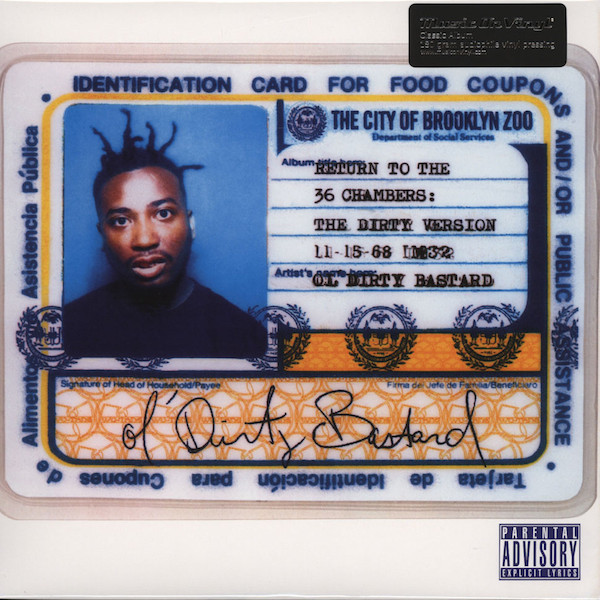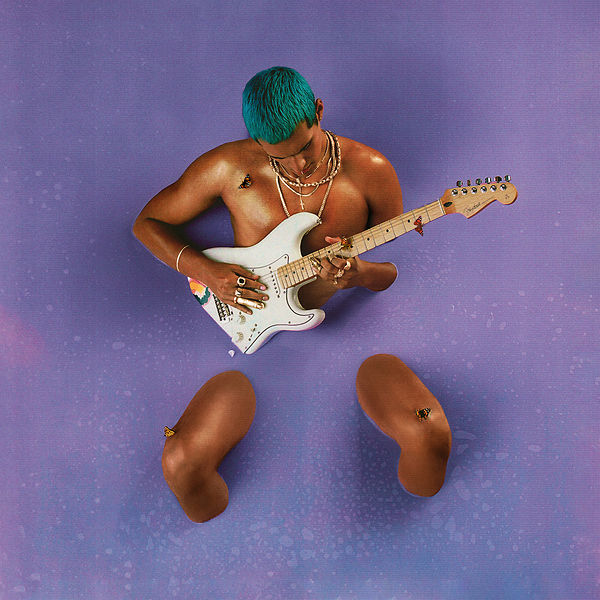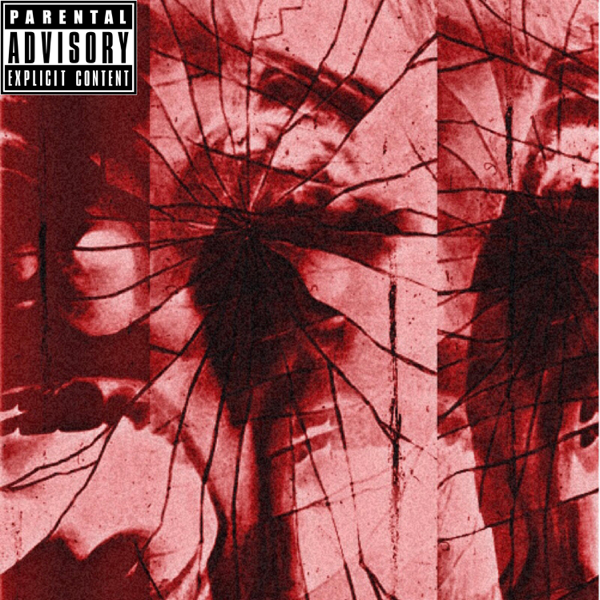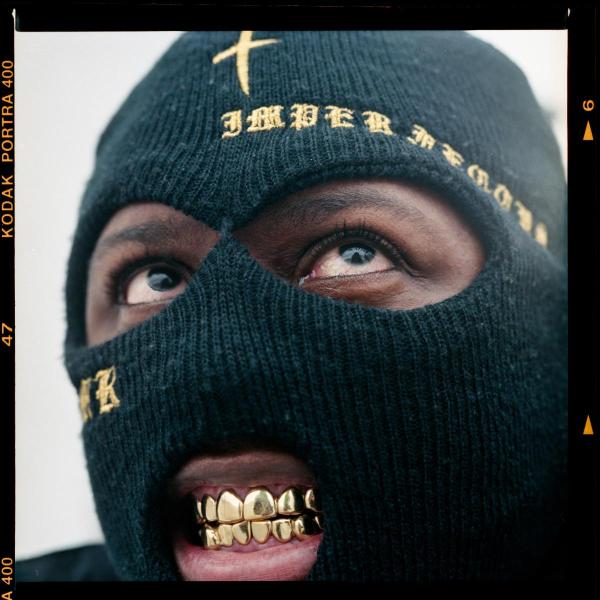ALBUM: “Return to 36 Chambers: the Dirty Version” by Ol’ Dirty Bastard
RELEASE YEAR: 1995
LABEL: Elecktra Records
BEST TRACKS: “Shimmy Shimmy Ya,” “Brooklyn Zoo,” “Raw Hide,” “Don’t U Know”
FCC: Every track
For the uninitiated, Ol’ Dirty Bastard was one of the founding members of the legendary group Wu-Tang Clan, and indisputably the most eccentric. RZA was the mastermind behind the group’s mythos (and not to mention their beats), GZA was philosopher, and Raekwon was the chef, but ODB was definitely the wild card. His erratic life in the public eye – from dozens of run-ins with the law, to riding in a limo to cash a welfare check, to escaping rehab – served only to feed into his image as hip-hop’s drunken uncle.
But I am not here to discuss his fame – or infamy – depending on who you ask. Let’s talk about his presence on the mic.
Fortunately, ODB’s vocal performances were just crazy enough to stand up to his life outside of the booth. Nowhere is this more apparent than on his debut solo album, Return to the 36 Chambers: the Dirty Version, released in 1995. From the very first track – which is one of the best intro skits on any hip-hop album – Ol’ Dirty Bastard is characterized as a larger-than-life figure that spends just as much time on wax rambling half-coherently as he does rapping. If he isn’t doing either of those things, he’s singing with a one-of-a-kind delivery that mixes feverish yelping with warbled vibrato. This complements his uncanny ability to switch his emotional tone instantly, which ranges from drunken sorrow to unhinged lunacy. The only thing that can balance out ODB’s volatility is the RZA’s calculated production. Throughout the album, he combines samples from soul, funk, and English-dubbed kung-fu films to create a variety of grimy beats.
On Return to the 36 Chambers: the Dirty Version, Ol’ Dirty Bastard makes it clear that he has no interest in sounding like other artists. With his unmistakable voice and idiosyncratic personality, he was truly in a lane of his own, or as Method Man put it: there ain’t no father to his style. This album is a must listen for any hip-hop fan, and an experience in and of itself.
– DJ Mango





